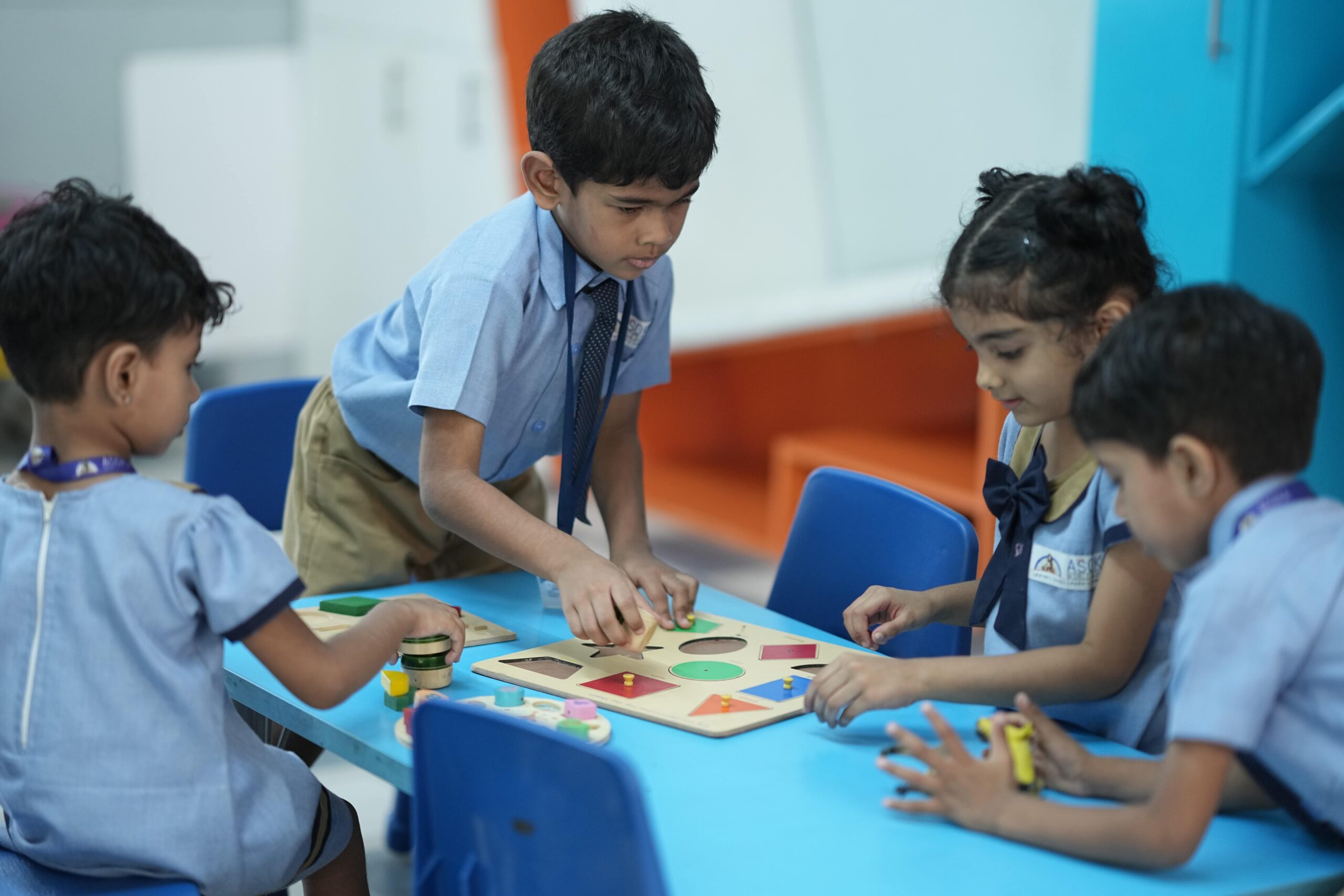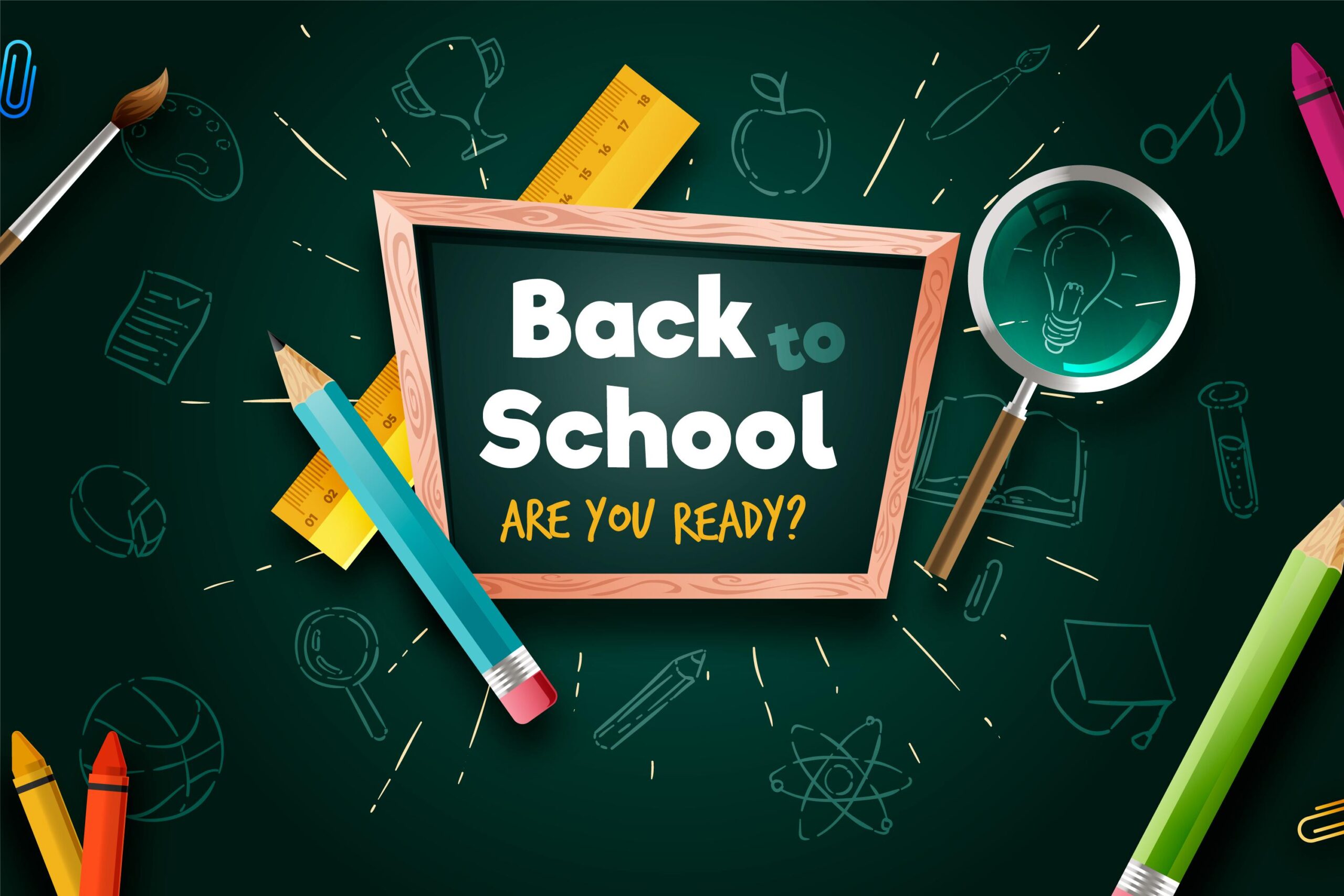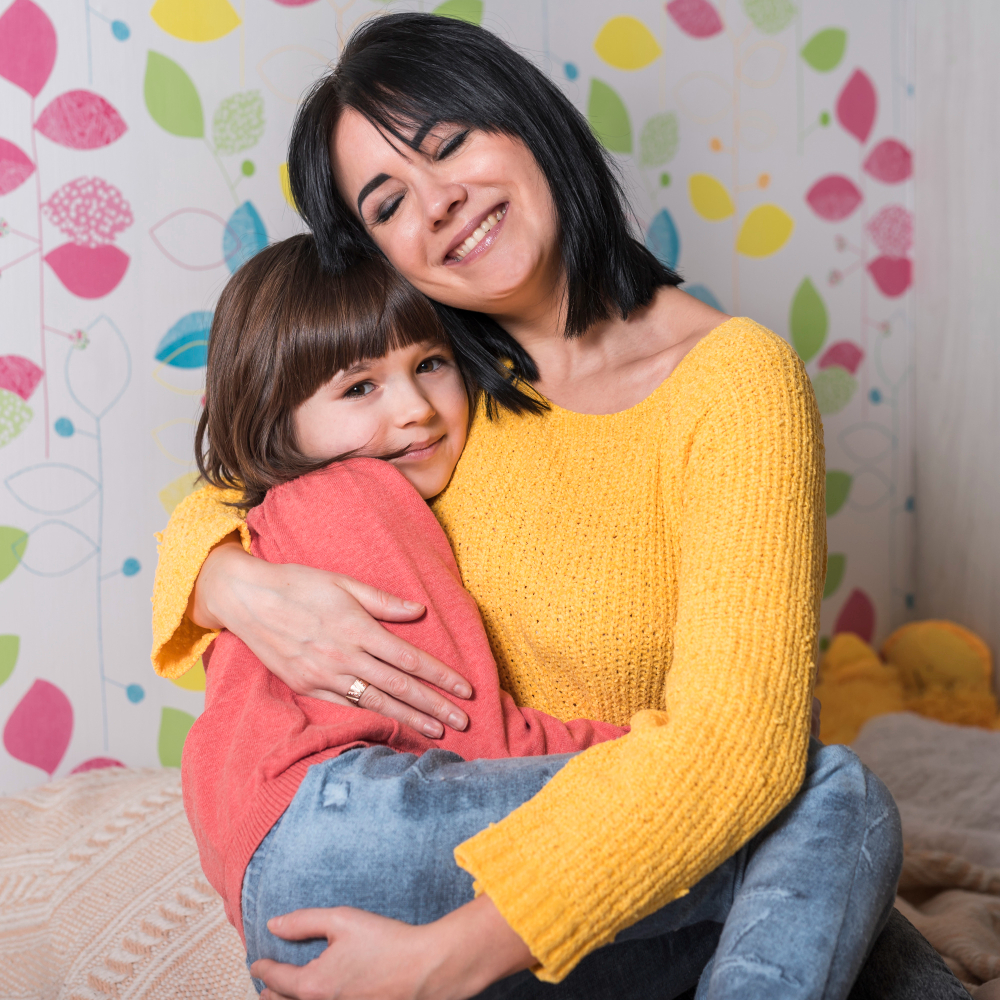
How to choose the right learning style for your child
If your child faces difficulties in learning, it’s not a reflection of their abilities but rather a signal to reconsider or adjust their learning style. To achieve that, you need to understand the concept of learning style. To effectively support your child in their learning journey, it’s important to know the learning method they connect with.
What is the learning style?
A learning style refers to how your child comprehends and remembers information. Each child has an individual approach to learning. So, when your child is tackling something new, they’ll understand it best when it’s taught in a way that matches their personal learning style. It is a crucial concept that students, parents, and teachers alike should recognize.
There are mainly 4 types of learning styles:
Visual: This group of learners needs to see the information in order to retain it. It is characterized by children having a photographic memory. Information presented in a visual hierarchy, such as through charts, images, and videos, is particularly effective for them in grasping and retaining information. They tend to have a great sense of color and vivid imaginations.
Auditory: They are also referred to as aural learners. They have a strong ability to comprehend and retain information conveyed through spoken language, often better than through written or read texts.These children thrive in group settings and excel in activities such as group discussions and verbal communication. However, excessive noise in their environment can be distracting for them.
Tactile: Tactile learners are entirely different from visual or auditory learners, as this group needs hands-on experience to learn. They need to experiment with a concept themselves to learn better. Tactile learners use their sense of touch to learn. It converts abstract concepts into solid experiences. These are the note-takers who remember better if they write it down.
Kinesthetic Learners: These groups of learners need to be moving and doing hands-on activities in order to be learning. They have to engage all their senses. These groups of people thrive in art, dance, theater, and scientific backgrounds that require practical experiences. Mentors tend to misunderstand kinesthetic learners as hyperactive, as they constantly need to have some sort of movement, like wiggling a pen or moving the chair to concentrate.
How to determine your child’s learning style?
The initial step is to pay attention to your child’s interests, preferences, and behaviors. By being observant and accessible to your child’s learning requirements, you’ll encourage them to engage even more.
Don’t be afraid to explore different learning styles through the trial-and-error method. Introduce each style to your child, and observe which one they respond to and understand best. Motivate your child to take part in quizzes, tests, and questionnaires that are disguised as enjoyable activities but are aimed at uncovering their learning preferences. You can easily find these resources online.
Don’t hesitate to reach out to your child’s teachers for assistance. It’s important to advocate for your child’s learning needs in the classroom and ensure that the school integrates these values into the curriculum.
Here are some of the questions you could ask yourself when trying to understand the learning style of your child:
Does my child prefer to work independently or in groups when completing tasks or projects?
Does my child tend to remember information better when presented with real-life examples or practical applications?
Does my child prefer to sit in a quiet environment or have a dynamic environment when they study?
Does my child tend to get distracted by doodling and drawing while studying?
Does my child excel in subjects that involve reading, writing, and verbal instruction?
It’s crucial for children to attend a school that caters to their unique learning methods or has a curriculum tailored to meet their individual needs. While being aware of their strengths is important, understanding their weaknesses is equally vital. By addressing both strengths and weaknesses, educators can provide a balanced education that supports the complete development of each child.
Conclusion
At Asoka World School, one of the top CBSE Schools in Kochi, we maintain a 20:1 student teacher ratio, enabling our educators to provide personalized attention to each student.We offer specialized training to teachers to understand various learning methods, identify them in students, and adapt their teaching accordingly. The teaching method will be tailored to ensure that every student in the classroom can learn effectively, taking into consideration their individual learning styles. This allows us to ensure that our teaching caters to their individual needs. Our goal is to ensure that no student is left behind.
We strongly encourage parent participation in their child’s educational journey. Together, we embark on a journey of self-discovery for each child, celebrating what makes them unique. Join us as we support your child’s growth and development every step of the way.




